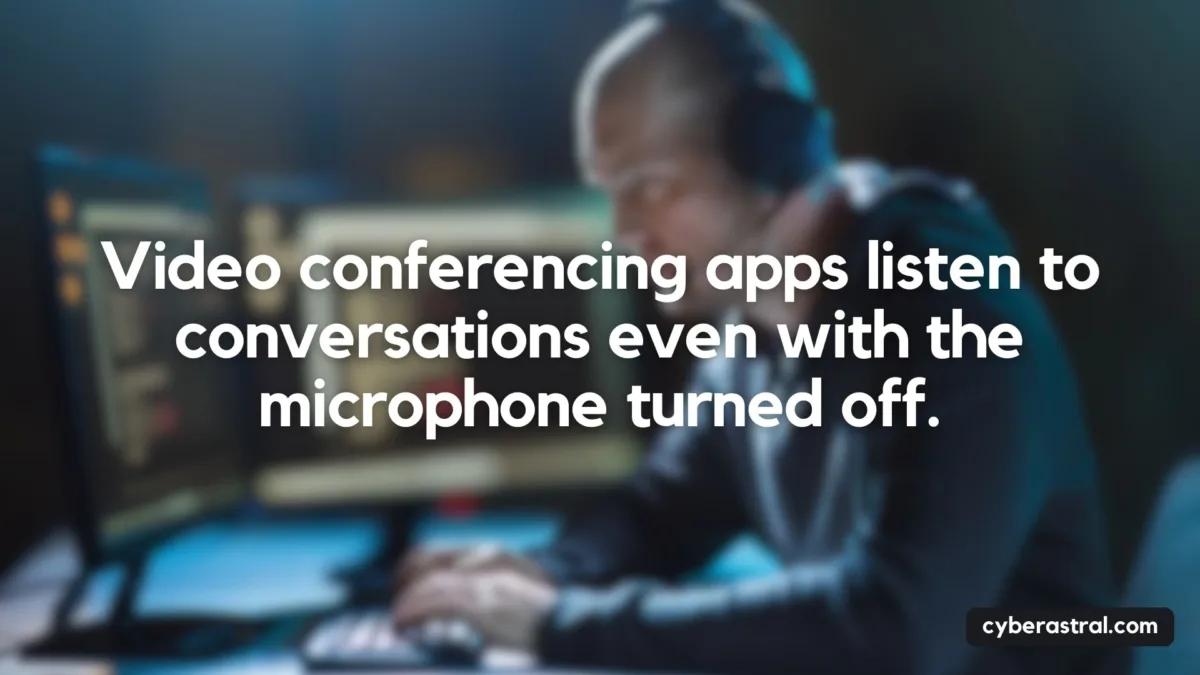The mute buttons in video conferencing apps don’t actually disable the microphone. A group of researchers from the University of Wisconsin-Madison and Loyola University Chicago found that muting the audio in popular video conferencing apps doesn’t truly turn off the device’s microphone. Even with the sound muted, these apps still have access to audio data.
The research, titled “A Privacy Analysis of Mute Buttons in Video Conferencing Apps,” will be presented at the Privacy Enhancing Technologies Symposium in July of this year.
According to the researchers, the mute buttons in these apps don’t deactivate the microphone as the operating system’s microphone interface does. Instead, they rely on browser or WebRTC controls to mute the microphone.
The issue arises because video and audio signals are handled differently in these apps. In operating systems like macOS or Windows, turning off the camera in an app occurs at the system level, meaning the camera is completely disabled, evident by the absence of a light indicator on the device.
In contrast, the software mute buttons depend on the application, and determining whether the microphone is on based on a light indicator is rarely possible. While control mechanisms allow for muting the microphone at the OS level, the problem is that app-specific sound control buttons don’t work as many people assume.
Some apps continuously monitor everything the microphone captures, even when the sound is off, while others do so periodically. One app even sends statistical audio data to its telemetry servers.
The researchers found that Zoom (Enterprise), Slack, Microsoft Teams/Skype, Cisco Webex, Google Meet, BlueJeans, WhereBy, GoToMeeting, Jitsi Meet, and Discord can capture audio even with the microphone muted, but most do nothing with this capability. However, it was discovered that the Cisco Webex app measures audio signals even with the microphone turned off. Approximately every minute, it sends network packets with audio telemetry data to its servers.





